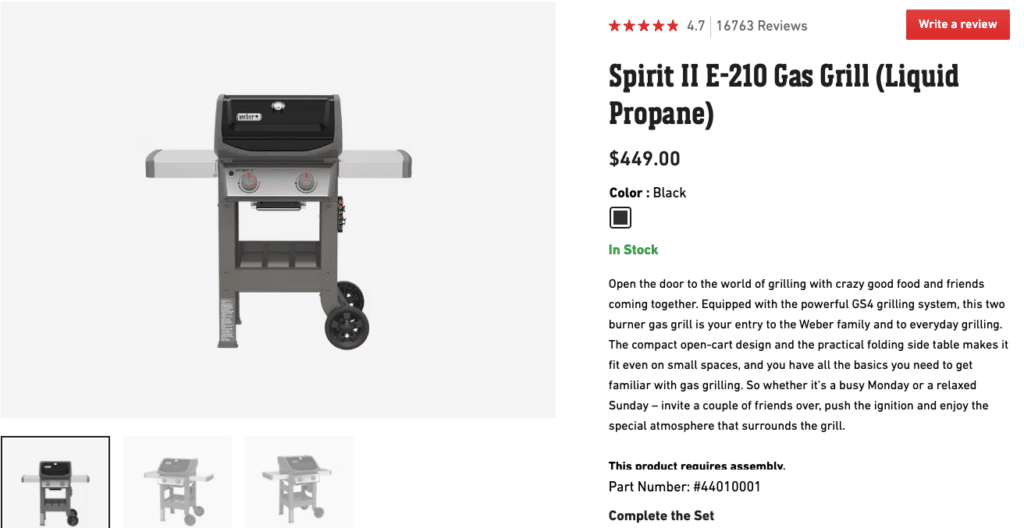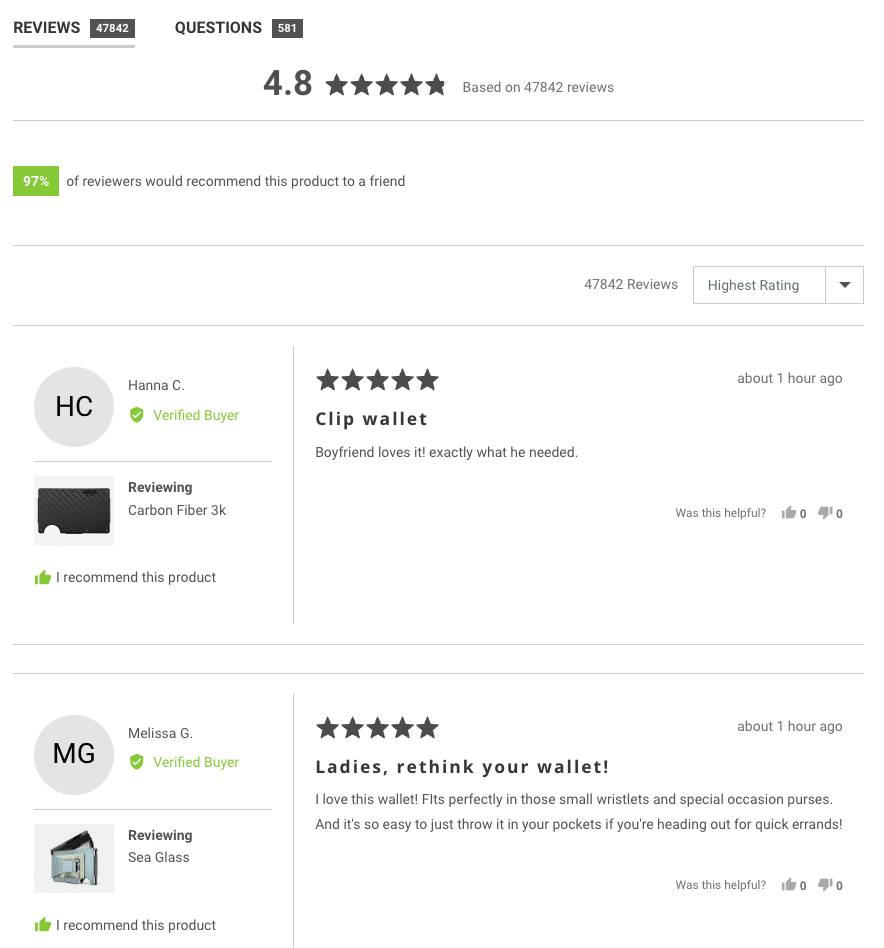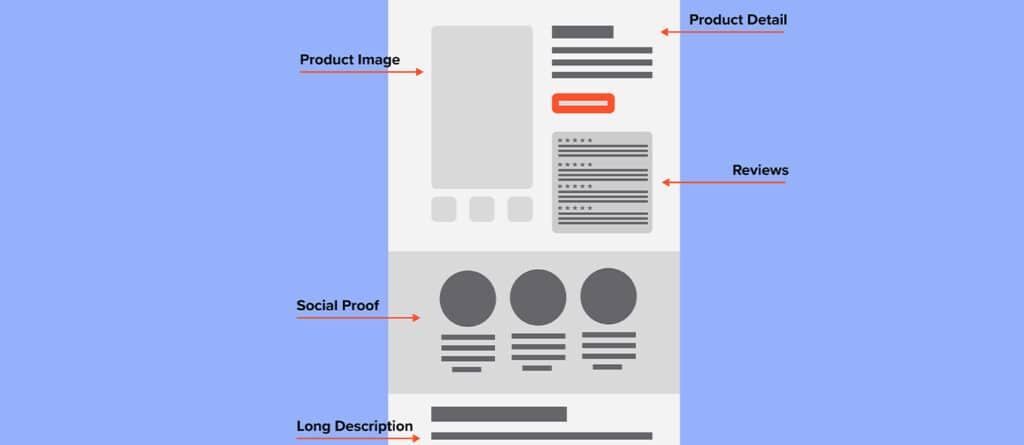In the dynamic world of e-commerce, the product page is the cornerstone of any online store. It’s where potential customers make the pivotal decision to either add a product to their cart or move on. This makes the design and functionality of product pages more critical than ever. A well-crafted product page not only showcases the product effectively but also enhances the user experience, ultimately leading to higher conversion rates. In this article, we’ll explore the essential elements every e-commerce product page needs to not only attract customers but also encourage purchases and foster customer loyalty.
High-Quality Product Images
The adage “a picture is worth a thousand words” holds particularly true in the realm of e-commerce. High-quality product images are the first interaction a customer has with a product, making them a pivotal aspect of the product page. These images should be clear, and high-resolution, and provide a comprehensive view of the product, including different angles and usage scenarios. It’s essential to balance the quantity of images with quality, ensuring each image adds value and insight into the product. Employing zoom-in features and 360-degree views can significantly enhance the customer’s understanding and appreciation of the product, making them more inclined to make a purchase. The goal is to replicate the in-store experience as closely as possible, helping customers to make an informed decision.
Detailed and Persuasive Product Descriptions
The product description is where storytelling meets factual information. A compelling product description does more than relay the features of a product; it connects with potential buyers on an emotional level. This section should be a blend of persuasive salesmanship and informative content, highlighting the benefits and features of the product in a tone that resonates with the target audience. It’s important to keep the language clear, concise, and jargon-free, making it accessible to a wide range of customers. Including key details such as dimensions, materials, and care instructions can answer potential questions upfront, reducing uncertainty and paving the way for a confident purchase decision.

Clear Pricing and Simple Checkout Process
Transparency in pricing is a crucial factor in maintaining customer trust and satisfaction. Any hidden costs, such as shipping or taxes, should be disclosed as early as possible to avoid surprises at checkout. The price should be displayed prominently and clearly, ideally with any ongoing discounts or deals highlighted to encourage immediate purchases. Alongside clear pricing, a simple and streamlined checkout process is vital. The fewer steps and complications in the checkout process, the lower the likelihood of cart abandonment. This means reducing the number of pages to navigate, offering multiple payment options, and ensuring a seamless transition from the product page to the checkout.
Customer Reviews and Ratings
Incorporating customer reviews and ratings on a product page can significantly impact the purchasing decision. Reviews act as social proof, providing potential buyers with unbiased opinions from other customers. Positive reviews can boost confidence in the product, while negative reviews offer valuable insights into potential drawbacks, helping customers make a well-informed decision. It’s also an opportunity for businesses to demonstrate their commitment to customer satisfaction by responding to reviews and addressing any concerns. This level of interaction and transparency can foster trust and loyalty among customers.

Security Features and Trust Badges
In an age where online security is paramount, displaying security features and trust badges on your product page is essential. These badges, such as SSL certificates, payment security seals, or third-party endorsements, reassure customers that their personal and payment information is secure. Trust badges should be placed prominently on the product page, especially near payment information fields. Additionally, including privacy policies and security guarantees can further enhance the customer’s sense of safety. Ensuring your site is compliant with the latest security standards not only protects your business but also builds a foundation of trust with your customers.
Cross-Selling and Upselling Opportunities
Effectively incorporating cross-selling and upselling strategies on your product pages can significantly increase the average order value. By recommending related products or higher-end alternatives, you can enhance the customer’s shopping experience and introduce them to products they might not have discovered otherwise. However, it’s crucial to balance these recommendations carefully. They should be relevant and add value to the customer’s current selection, rather than feeling like aggressive sales tactics. Implementing these strategies thoughtfully can lead to increased sales, improved customer satisfaction, and a more intuitive shopping experience.
Conclusion
An effective e-commerce product page is much more than a mere display of products. It’s a strategic blend of high-quality visuals, engaging descriptions, transparent pricing, customer engagement, security assurances, and thoughtful sales strategies. By focusing on these key elements, businesses can create product pages that not only attract customers but also provide them with a seamless and reassuring shopping experience, ultimately leading to increased sales and customer loyalty. As e-commerce continues to evolve, staying attuned to these essentials will be crucial for any online retailer looking to thrive in a competitive marketplace.

